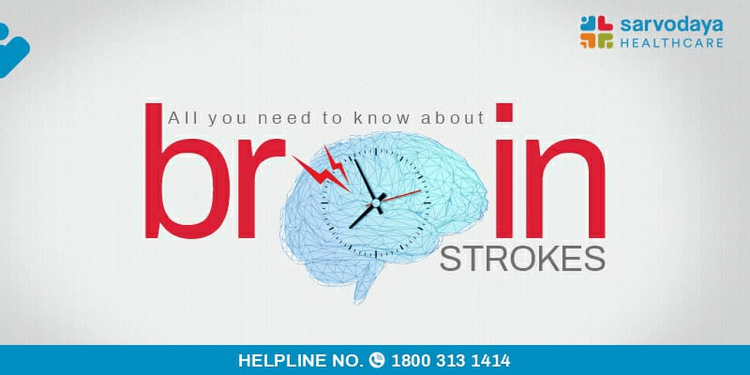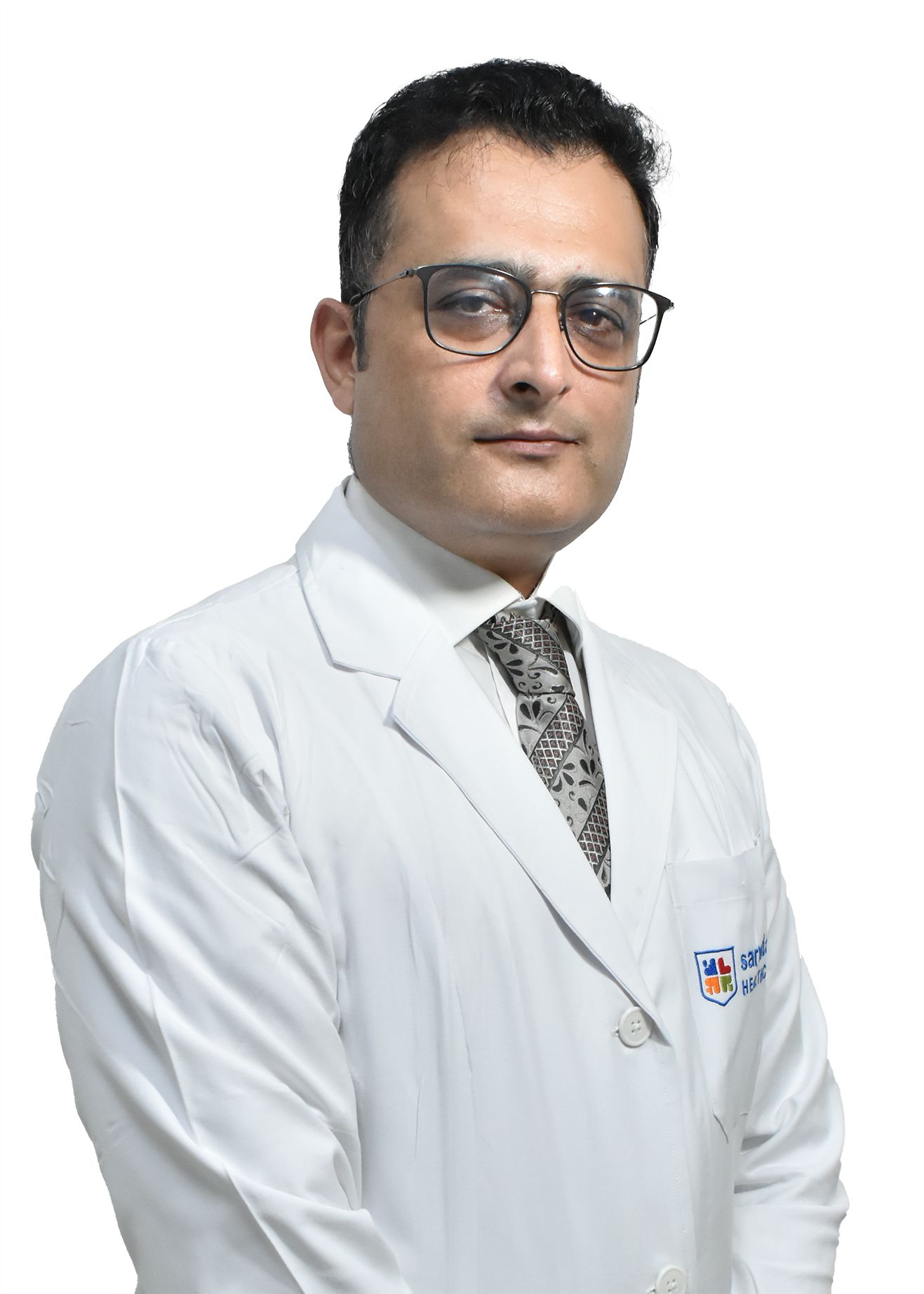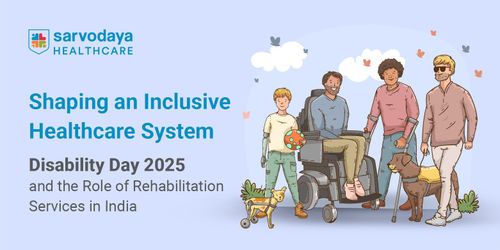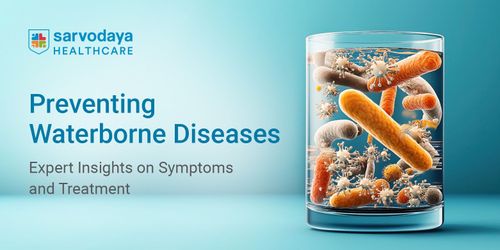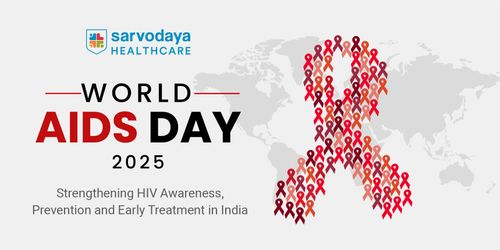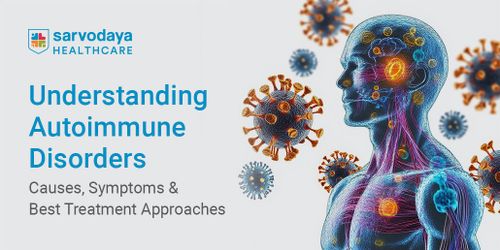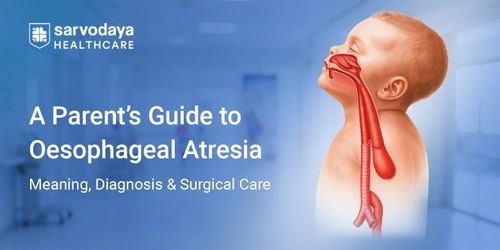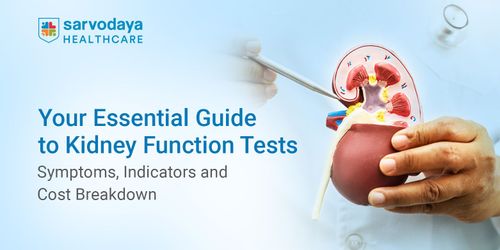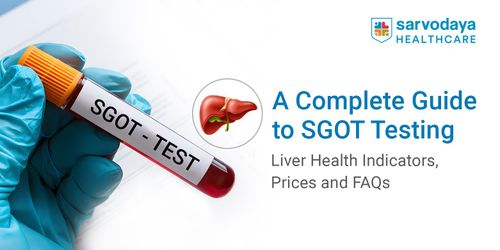A brain stroke puts any person in a dire situation immediately. These strokes happen when the blood supply to the brain is suddenly cut off, depriving the brain of any oxygen, which causes complications. A brain stroke can occur anytime at any age to anyone. That is why it is essential for people to be aware about this condition, its symptoms, how to respond to this condition FAST and therefore, and increase chances of patient’s survival with reduced risk of side-effects or long-term complications. According to neurologists & neurosurgeons, the only first-aid a stroke patient requires is a quick response to the symptoms. There are multiple types of strokes, but their symptoms are more or less common. There are specific emergency and long-term treatments that one can expect at any neurosurgery hospital. These treatments depend on the type of stroke that a patient suffers from. All the neuro experts emphasise that the difference between life and death for a stroke patient depends on the reaction time in seconds and minutes. This article will detail all the know-hows of a stroke that a person should be aware of. We urge you to spread the message and make more people aware about this condition.
F.A.S.T
B.E. F.A.S.T. This is the most commonly emphasised acronym when any information about stroke is released. This is because it is that important. B.E. F.A.S.T. is an acronym for all the sure signs of a stroke. It is as follows:
“B” stands for Balance,
“E” stands for Eyes,
“F” stands for Face,
“A” stands for Arms,
“S” stands for Speech, and
“T” stands for Time.
A brain stroke is an emergency. Neuro experts list the signs of a stroke as follows. First, comes sudden loss of balance. The person may appear leaning or staggering to one side. The next sign is in the eyes. There is a sudden loss of sight. Eyesight goes in either one eye or both the eyes. The face shows significant signs of a stroke as well. An uneven smile, drooping of face and uncontrollable drooling are possible signs of a stroke. Coming to the A of the acronym; sudden numbness in the arms, and loss of coordination could signify a stroke. Slurred speech, words suddenly not making sense, difficulty in swallowing, along with other symptoms, collectively are all the reasons to run to emergency at the nearest hospital. The last T represents time. In order to be saved, the person having a stroke needs to reach the nearest hospital within the first three hours after the symptoms surface. This is the ‘Golden Time’, when it comes to this condition. These symptoms could come one at a time, or altogether, but what is important is that it is recognised at the earliest and treated urgently.
Symptoms
B.E. F.A.S.T. are major symptoms of a stroke. Except these obvious symptoms there are mild symptoms also. Neuro experts have noticed that while some patients have sudden symptoms, others might show more than these signs. There are subtle symptoms of a brain stroke as well. These include:
-
Pain in sensitive regions such as face or legs
-
Constant hiccups
-
Extensive weakness in the body
-
Presence of chest pains
-
Persistent shortness of breath
-
Rapid increase in heartbeat
-
Sudden loss of consciousness
-
Unexpected seizures
-
Sudden hallucinations
-
Unexpected nausea
The person might experience some of these symptoms all at once or may have just one of these symptoms. The person might appear in a regular state, but it is important to rush them for this medical emergency. A trip to a neurosurgery hospital might seem extreme for these symptoms, due to lack of complexities. Neurosurgeons & Neurologists caution against it. It is essential to provide treatment for a stroke in the first three to four hours after the symptoms appear. Timely treatment diminishes any risk for long term complications, even death. The treatment does not always include surgical options.
Causes
There are certain sure shot causes that may lead to a brain stroke. A brain stroke occurs when the blood supply fails to reach the brain. This happens due to a blockage in the arteries. This blockage is often a result of the lifestyle chosen by the patient. Neuro experts have specified which lifestyle issues and choices can increase the changes of experiencing a stroke. These include:
-
Obesity
-
Lack of physical movements
-
Alcoholism
-
Aneurysms present in the brain
-
Abusing drugs that increase adrenaline rush
-
Uncontrolled blood pressure
-
Excessive smoking
-
Uncontrolled bad cholesterol or Diabetes
-
History of heart problems such as heart failure, mini-strokes, and others in the family
-
High risk lung infections such as COVID-19
-
Ageing of the artery muscles that comes with aging process
-
Medication that increases estrogen levels in the body, such as birth control pills or hormone therapies
Strokes depend on lifestyle factors, medical risk factors, and other risk factors. Strokes are also of multiple types. The types are mentioned in detail below.
Types of Brain Strokes
1. Ischemic stroke
Ischemic strokes are the type of strokes neurosurgery hospitals see the most in their emergency room. This type of stroke happens when there are blockages in the arteries that provide oxygen- filled blood to the brain. The arteries are the direct blood suppliers from the heart to the other organs of the body.
2. Haemorrhagic stroke
According to our experts, the fatality rate of a haemorrhagic stroke is extremely high. This kind of a stroke is a result of an artery bursting and leaking blood in the brain. The excess spilled blood puts the brain cells under pressure and ultimately damages them. The bursting of the artery also distributes the blood in the brain in an uneven manner.
(a) Intracerebral haemorrhage
It is when an open artery bursts in the brain. The tissues surrounding the artery is overflowed with blood. This is seen quite often in hospitals.
(b) Subarachnoid Haemorrhage
This occurs when the artery flowing in between brain and the covering tissue, bursts. This type of haemorrhagic stroke is comparatively less frequent.
3. Transient ischemic attack
A transient ischemic attack happens when an ischemic attack occurs but for a duration of 5 minutes. A transient ischemic attack is a warning sign. The patient needs to consult a doctor after experiencing this kind of an attack.
Treatment
Strokes require immediate response. Most of the treatments for the strokes are emergency treatments.
Ischemic strokes require emergency treatment first. Tissue plasminogen activator (tPA) is an IV drip that needs to administer within the first three hours of symptoms. The protocol to treat an ischemic attack is to restore the blood flow to the brain as soon as possible. This type of treatment requires immediate response from the person nearby to rush the patient to the ER of a neurosurgery hospital. The neurosurgeon or neurologist quickly uses blood thinners to dissolve the blood clot(s) that are causing the blockage.
The other emergency treatment for ischemic stroke is to perform an emergency endovascular procedure. The neuro experts sometimes remove the big clots with a stent retriever.
A hemorrhagic stroke requires blood transfusions due to the excessive blood thinners in the system. A lot of medication is required to reduce the pressure on the brain.
Each type of stroke may require the neurosurgeon or neurologist to take a specific treatment approach to reduce damage and minimise any possibilities of complications. But be it ischemic stroke, hemorrhagic stroke or a transient ischemic stroke, strokes are preventable.
Prevention
Quick response gets the cure, but prevention is always better. Here are a few ways one can prevent the occurrence of a stroke:
-
Focus on diet and build up good eating habits. This will ensure that one’s cholesterol build up is controlled. It will also allow for reduced ulcers.
-
Getting a good amount of physical movement at any time of the day reduces stress on the mind, heart and body. It is a great way to relax and strengthen the muscles.
-
Excessive smoking causes lung damage and allows an unwanted amount of carbon dioxide to enter the blood streams. This in turn damages the purity of the blood by introducing foreign particles into the blood.
-
Excessive drinking causes liver damage, high blood pressure and irregular heartbeat. It also increases the risk of a hemorrhagic stroke by increasing pressure on the arteries.
-
Managing all kinds of lifestyle diseases such as blood sugar levels, blood pressure and COVID- 19 is essential to avoid excessive pressure on the heart. These diseases have long term effects that damage the heart.
At Sarvodaya Hospital & Research Centre, Sector-8, Faridabad; we have a specialised team of neuro experts who can help quickly provide the required treatment along with the way forward for a patient to completely recover post a brain stroke attack.


